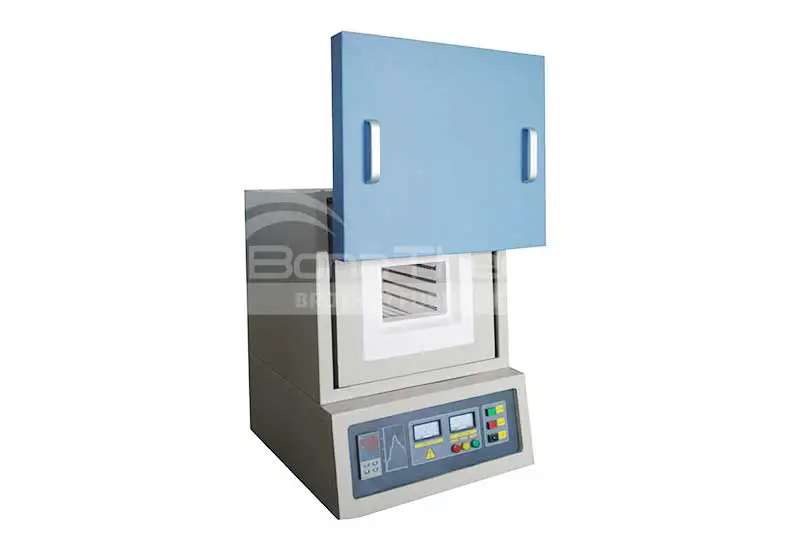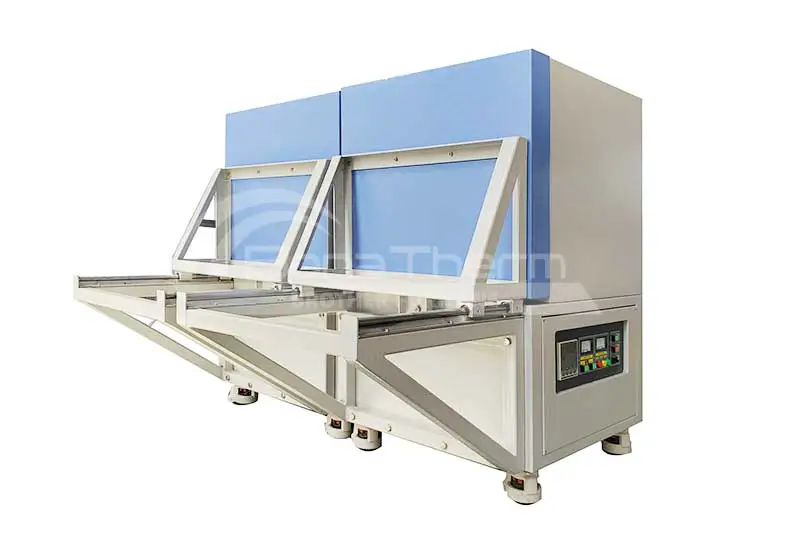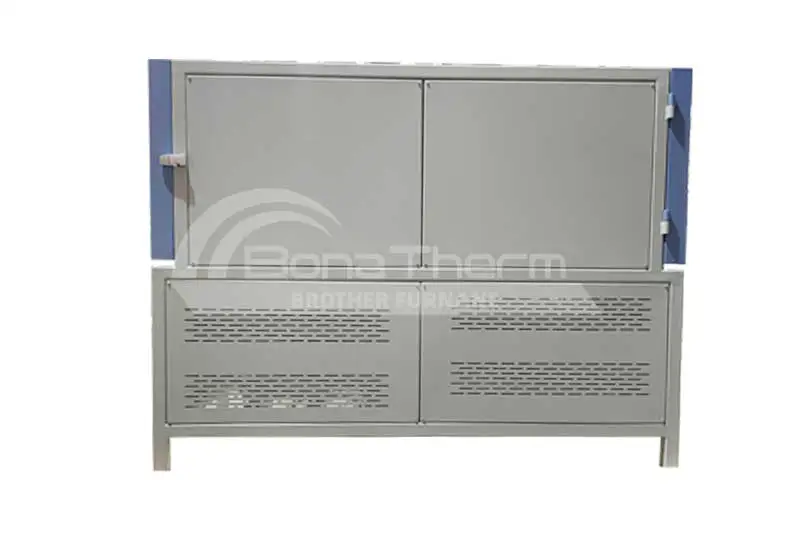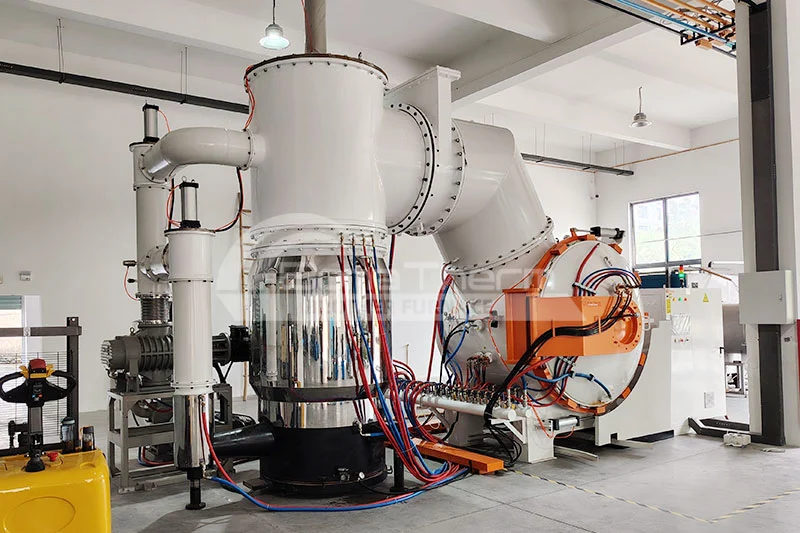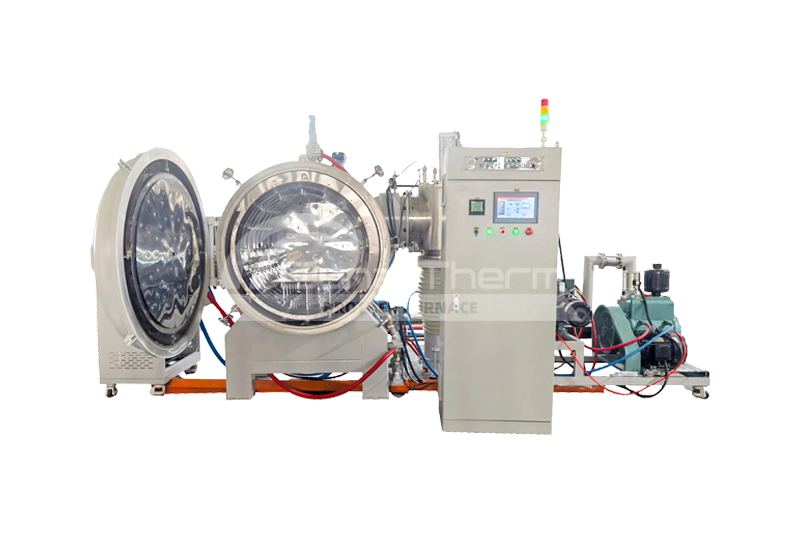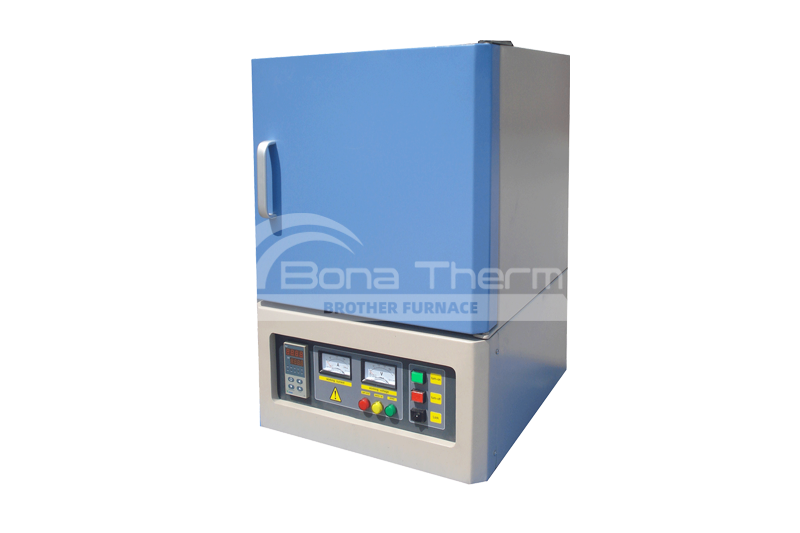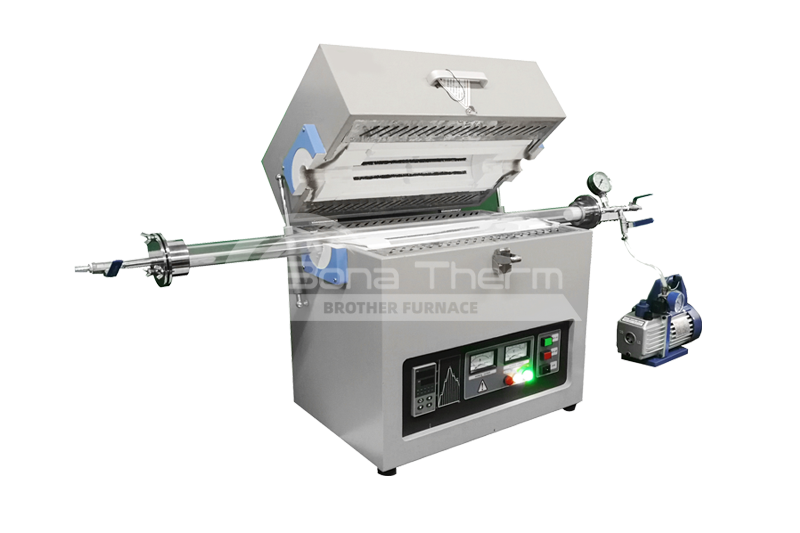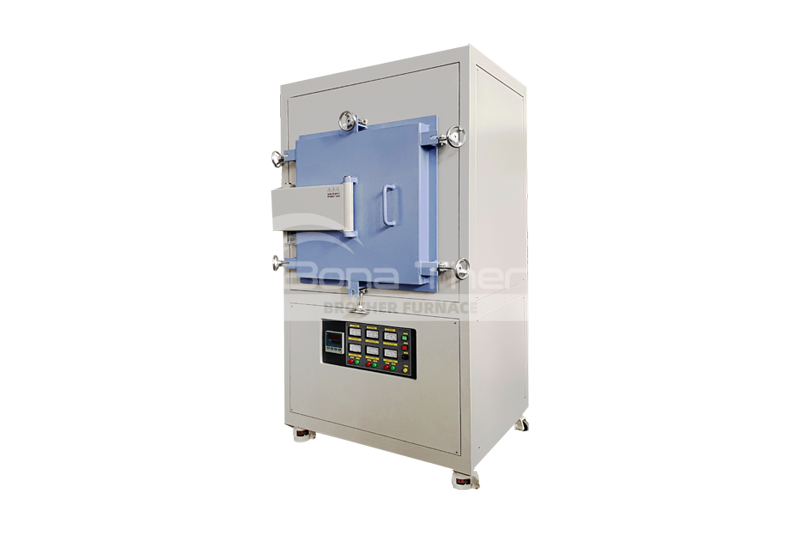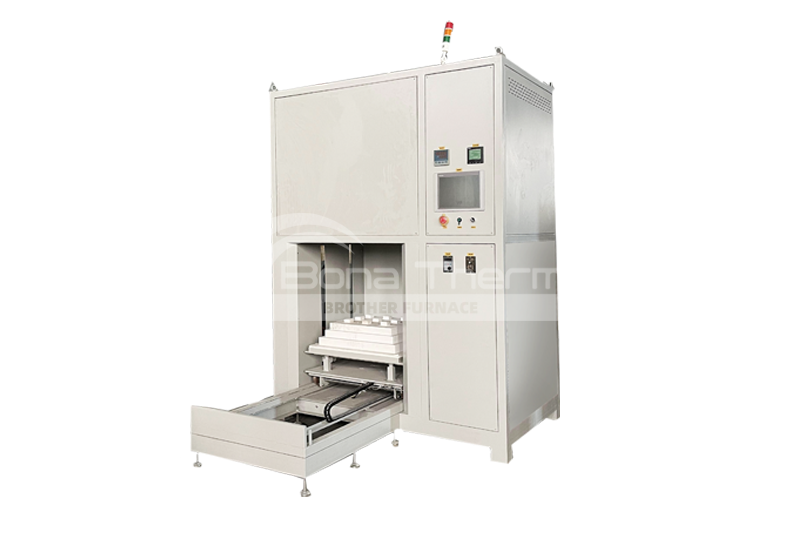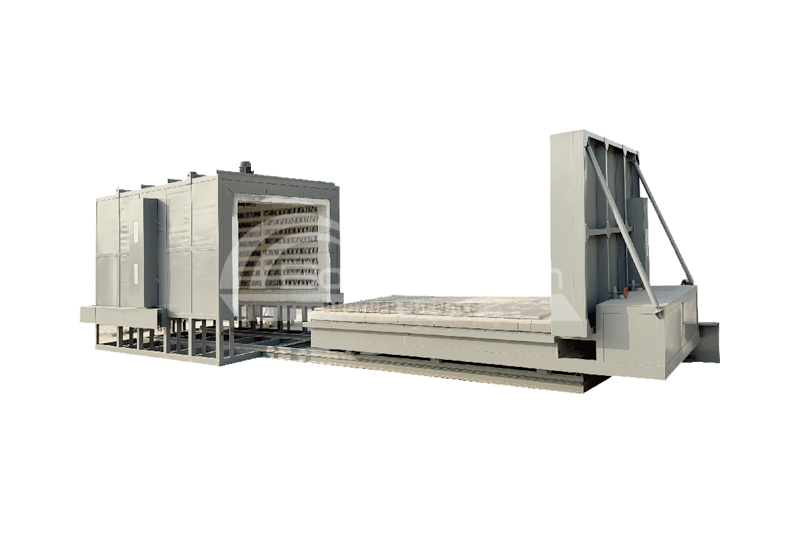How to Address Vacuum Level Decline in Vacuum Furnaces? Maintenance Tips and Solutions
 BROTHER FURNACE
BROTHER FURNACE
 2024-11-12 21:28
2024-11-12 21:28
Vacuum furnaces are essential for processing materials under high temperatures and are widely used in metal heat treatment, brazing, sintering, and other applications. However, with prolonged use, a vacuum furnace’s vacuum level may gradually decline, impacting heating efficiency and product quality. Understanding and mastering the solutions to vacuum-level issues and proper maintenance measures are vital for maintaining equipment performance. This article will provide a comprehensive look at the causes of vacuum level decline, solutions, and effective maintenance practices to help extend the service life of vacuum furnaces and improve their efficiency.
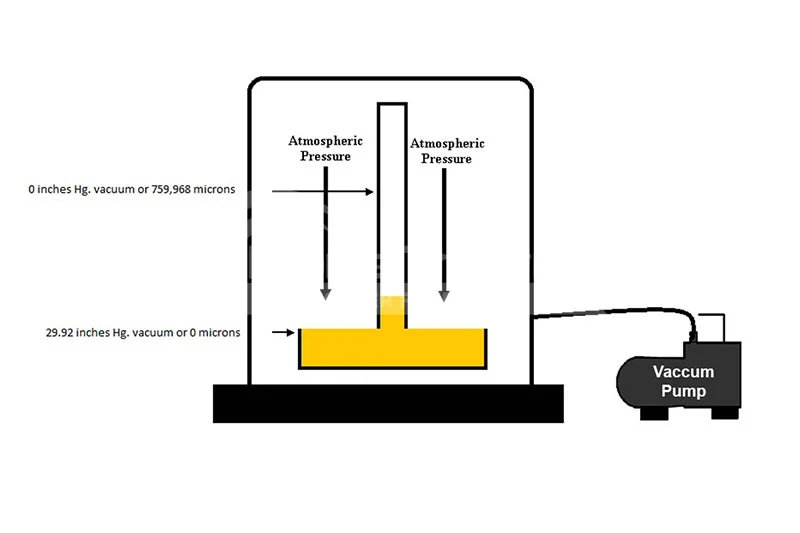
Common Causes of Vacuum Level Decline
A drop in vacuum level can be caused by various factors. Here are some of the most common causes:
Seal Material Aging or Damage
The sealing materials in vacuum furnaces, such as rubber O-rings and gaskets, can deteriorate or become damaged after prolonged high-temperature operation. This reduces airtightness and allows outside air to leak in, causing the vacuum level to drop.
Vacuum Pump Malfunction
The vacuum pump of a vacuum furnace is a critical component for maintaining the vacuum level inside the furnace. When the pump malfunctions or pump oil is severely contaminated, the vacuum pump’s capacity can decrease, affecting the vacuum level.
Furnace Body Leakage
Loosened or cracked welds or connections in the furnace body, or even small pores, may lead to leakage. This is particularly common under high-temperature or high-pressure conditions, where leaks are more likely to occur.
Internal Contaminants
Contaminants such as oil residues, oxides, and dust can build up on the inner walls, pipelines, and vacuum pump, obstructing the formation of a proper vacuum.
Solutions to Vacuum Level Decline
Addressing a vacuum level drop requires tailored solutions based on the specific cause:
Inspect and Replace Seals
Regularly check the vacuum furnace’s sealing materials for signs of aging, wear, or cracks, particularly in critical areas such as door seals and vacuum interfaces. If issues are found, promptly replace the seals, ensuring that high-temperature-resistant materials suitable for the equipment are used.
Maintain and Service the Vacuum Pump
The vacuum pump needs periodic cleaning and oil replacement to maintain oil purity. Scheduled maintenance or inspection based on the vacuum pump’s operational status is essential to ensure stable vacuum levels. Faulty vacuum pumps should be repaired or replaced without delay.
Detect and Seal Furnace Leaks
Use leak detectors or helium mass spectrometers to check for fine leaks in the furnace body. Reweld sections with poor welding, tighten loose connections and ensure seal components are intact.
Clean the Interior of the Vacuum Furnace
Regularly clean the vacuum furnace’s interior, focusing on areas where contaminants are prone to accumulate, such as pipelines and heating elements. When necessary, use specialized cleaning agents to remove accumulated oxides and dust.
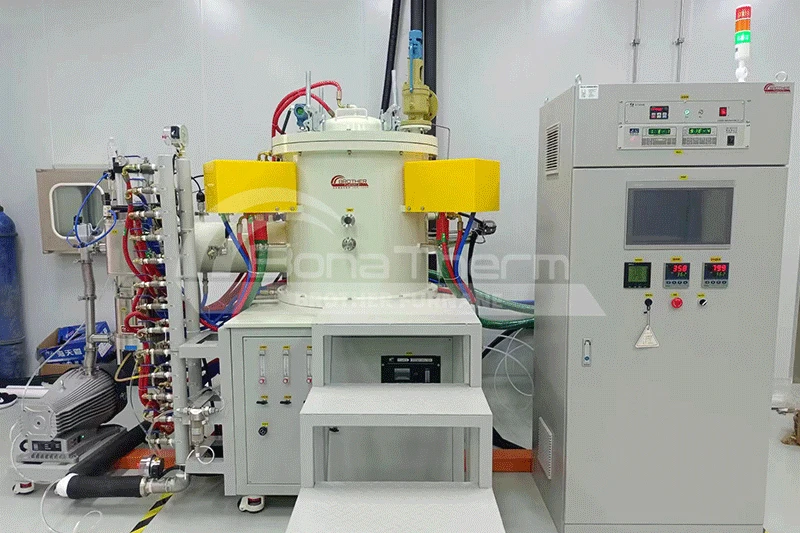
Preventive Maintenance Measures for Vacuum Level Stability
Routine maintenance is essential for stable vacuum furnace operation. Here are some effective preventive measures:
Establish a Regular Inspection Schedule
Create a regular inspection plan for the vacuum furnace, including weekly, monthly, and annual check-ups to ensure that potential issues are identified and addressed promptly. Weekly checks may involve seals and pump oil; monthly checks can include a full system inspection, and annual maintenance can be conducted by trained professionals.
Optimize Furnace Operation Procedures
Ensure that operators strictly follow operation procedures to avoid frequent opening and closing of the furnace, which can reduce seal wear. Additionally, control the furnace’s heating and cooling rates to prevent large temperature fluctuations that may cause seal failure.
Keep the Vacuum Pump Clean
Vacuum pump cleanliness is crucial for maintaining suction efficiency. After a certain period of use, drain and replace the old pump oil with new high-purity oil. When necessary, disassemble the pump for thorough cleaning to remove any accumulated oil residue and impurities.
Temperature Control and Insulation Measures
High temperatures can accelerate seal aging in a vacuum furnace. Reducing the heating temperature or shortening the high-temperature processing time can help extend the lifespan of seals. For operations requiring prolonged high temperatures, use heat-resistant seals to reduce thermal wear.
Replace Worn Parts Regularly
Certain parts in the vacuum furnace, such as seals, pump oil, and heating elements, are consumable items that need to be replaced regularly according to the equipment's frequency of use and operating conditions. This helps ensure the furnace’s airtightness and heating performance.
Additional Considerations for Maintaining Vacuum Level
In addition to regular maintenance practices, maintaining a high vacuum level in the furnace also requires attention to the following points:
Record Maintenance Logs
After each maintenance and inspection, record the maintenance activities, issues discovered, and actions taken. These records serve as references for future troubleshooting and help accumulate valuable maintenance experience.
Avoid Frequent Switching
Avoid frequent switching on and off of the vacuum furnace during operation, as this can lead to seal wear and increase the likelihood of leaks.
Train Operating Personnel
Proper operation is fundamental to maintaining the vacuum level. Regularly train operators to familiarize them with basic procedures, maintenance tips, and precautions for vacuum furnace use to minimize the risk of vacuum level decline.
Conclusion
Vacuum level decline in vacuum furnaces is a common issue, often caused by factors such as seal aging, vacuum pump failure, or furnace body leakage. Addressing vacuum-level issues requires timely inspection and component replacement, as well as establishing a systematic maintenance plan. Through proper operation, routine maintenance, timely cleaning, and record-keeping, not only can the service life of vacuum furnaces be extended, but the furnace’s efficiency can also be maintained, ensuring reliable product quality.
If you have further questions about vacuum furnaces, feel free to contact Brother Furnace. Our technical experts are available to provide support and assistance, and we welcome discussions with researchers interested in vacuum furnace technology.

